 "ttyymmnn" (ttyymmnn)
"ttyymmnn" (ttyymmnn)
05/24/2016 at 12:35 • Filed to: planelopnik, planelopnik history
 6
6
 11
11
 "ttyymmnn" (ttyymmnn)
"ttyymmnn" (ttyymmnn)
05/24/2016 at 12:35 • Filed to: planelopnik, planelopnik history |  6 6
|  11 11 |
Welcome to This Date in Aviation History , getting you caught up on milestones, important historical events and people in aviation from May 21 - May 24.
!!! UNKNOWN CONTENT TYPE !!!
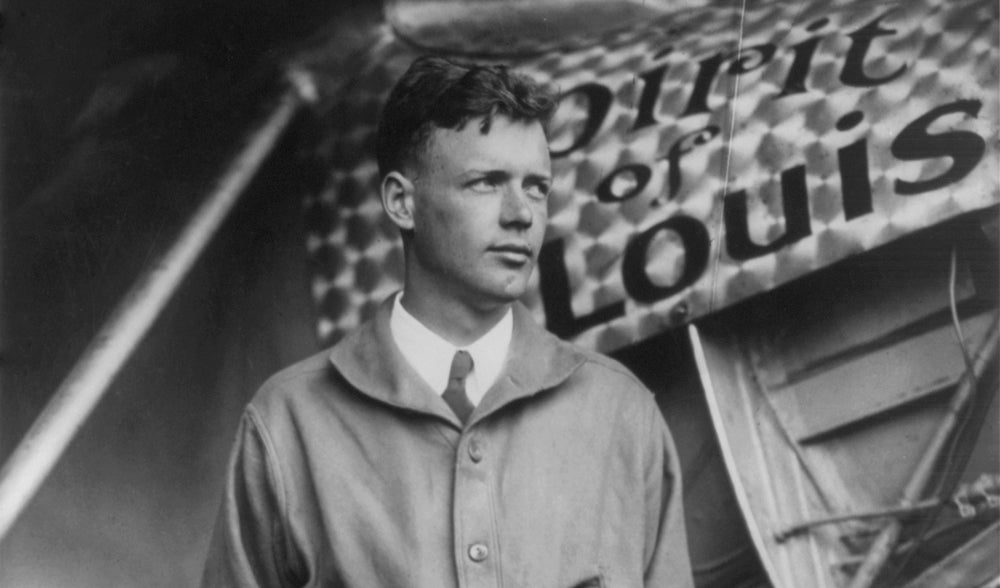
May 21, 1927 – Charles Lindbergh completes his solo flight across the Atlantic Ocean. !!!error: Indecipherable SUB-paragraph formatting!!! was an English mountaineer who made three unsuccessful attempts to climb Mt. Everest in the early 1920s. When asked why he wanted to risk his life climbing the world’s tallest mountain, Mallory famously replied, “Because it’s there.” Unfortunately for Mallory, his third unsuccessful attempt cost him his life, and his frozen body wasn’t discovered until 1999. As the history of aviation progressed from the earliest attempts to leave the ground, it was natural that aviators would seek to break through the barriers of speed, altitude and distance, and cross natural boundaries that had never been crossed before, and for many years, the oceans seemed an insurmountable barrier between continents. But by the time of Charles Lindbergh, the drive to break the next was often not just because it was there, but because there was money to be made. while Lindbergh made an international name for himself with his crossing of the Atlantic, he was by no means the first, nor the first to make the trip nonstop. That honor goes to the British duo of !!!error: Indecipherable SUB-paragraph formatting!!! , who made the trip from Newfoundland to Ireland in 1919 flying a !!!error: Indecipherable SUB-paragraph formatting!!! . By the time Lindbergh made his flight, he was the 19th person to make the trip. But what made his flight significant was that he did not fly from the closest points between the continents. And he flew alone. In the shadow of more famous aviators who tried—or died trying—to claim the !!!error: Indecipherable SUB-paragraph formatting!!! , a $25,000 award to the first to fly from New York to Paris, or vice versa, Lindbergh was a relative unknown, a civilian air mail pilot who struggled to find the money to fund his flight. Starting with $2,000 of his own savings, he eventually secured a loan from investors to purchase a custom built Ryan monoplane, officially known as the NYP (for New York to Paris) and dubbed the Spirit of St. Louis in honor of those bankers and supporters in the Missouri city that bankrolled his effort. The NYP was designed by Lindbergh and the Ryan Company’s chief engineer !!!error: Indecipherable SUB-paragraph formatting!!! as a high-wing monoplane with a fabric skin and powered by a !!!error: Indecipherable SUB-paragraph formatting!!! radial engine. It’s top speed was 133 mph. A 450-gallon fuel tank sat directly in front of the cockpit, and was separated from the engine by an oil tank. This meant that the Spirit had no front windscreen, and visibility was limited to two side windows. To see forward, Lindbergh had to yaw the aircraft to the left or right.
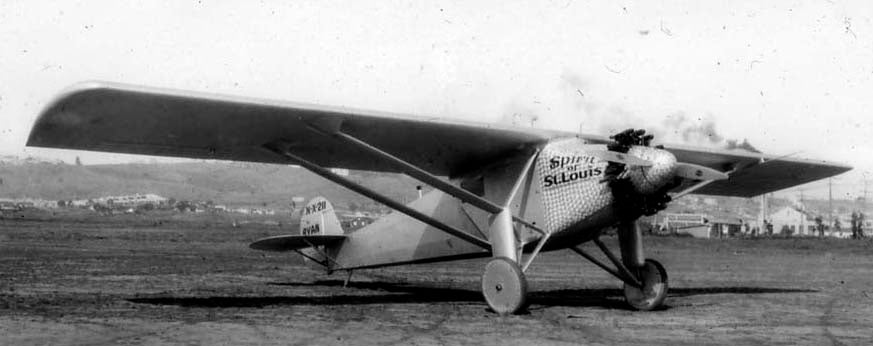
The first flight of the NYP took place on April 28, 1927, just three weeks before Lindbergh’s attempt to cross the Atlantic. On the morning of May 20, weighed down by 2,700 pounds of fuel, Lindbergh and the Spirit of St. Louis struggled to leave the muddy Roosevelt Field on Long Island, only just clearing the telephone lines at the end of the field. The early spring weather proved treacherous, and Lindbergh dealt with icing and storm clouds, flying as high as 10,000 feet to pass a storm, and sometimes dropping as low as 10 ft above the waves. Navigating by the stars at night, and dead reckoning, Lindbergh landed at Le Bourget airport in France thirty-three hours later. He was greeted by 150,000 French spectators, who mobbed him and carried him triumphantly around the field before both he and the Spirit were rescued by French troops. Lindbergh returned to the US as a hero, receiving a ticker-tape parade in New York City, and President Calvin Coolidge presented with him the !!!error: Indecipherable SUB-paragraph formatting!!! and !!!error: Indecipherable SUB-paragraph formatting!!! . The President of France awarded him with the !!!error: Indecipherable SUB-paragraph formatting!!! , France’s highest honor. Lindbergh’s later life would be troubled by the kidnapping and murder of his son, his views on racism, and opposition to the war in Europe. Nonetheless, he supported the American war effort once the war began, even flying combat missions as a civilian pilot. Towards the end of his life, Lindbergh became a staunch advocate for environmental issues, and died in Hawai’i on August 26, 1974. ( Lindbergh photo via the Library of Congress; Ryan NYP photo via Donald Hall Collection)
!!! UNKNOWN CONTENT TYPE !!!
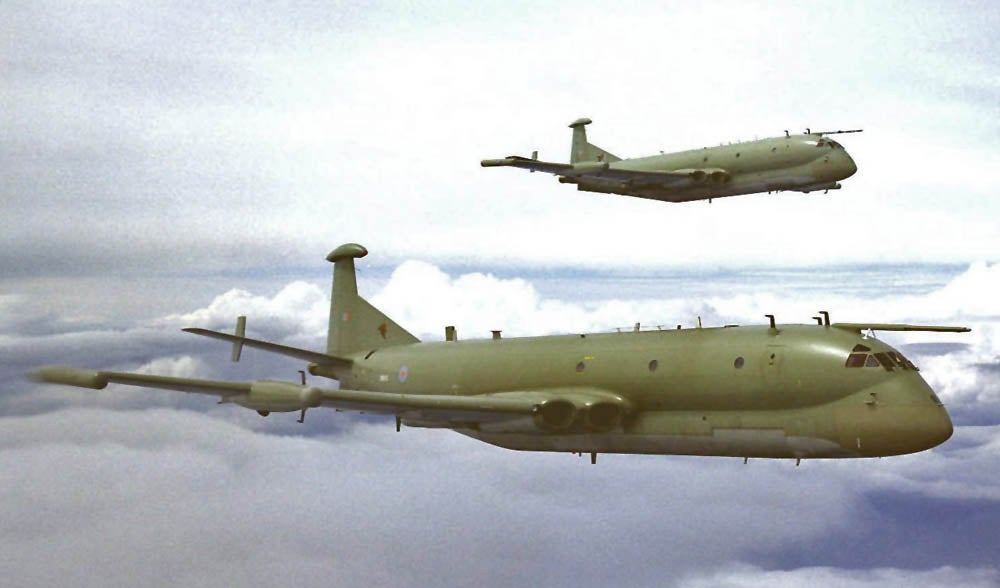
May 23, 1967 – The first flight of the Hawker Siddeley Nimrod. The !!!error: Indecipherable SUB-paragraph formatting!!! , the world’s first operational jet airliner, had a rather checkered past. After entering service in 1952, it was plagued by a series of fatal crashes, and the airliner was grounded for a time until the cause could be determined and rectified. Once de Havilland realized that the problem lay in the design of the windows, the Comet was redesigned and had a relatively useful, though somewhat brief, resurgence, only to be overshadowed by the arrival of the !!!error: Indecipherable SUB-paragraph formatting!!! . But the story of the Comet doesn’t end there. On June 4, 1964, the British Government issued Air Staff requirement 381, hoping to find a successor to the piston-powred !!!error: Indecipherable SUB-paragraph formatting!!! , a four-engine maritime patrol aircraft developed from the !!!error: Indecipherable SUB-paragraph formatting!!! bomber. Corrosion from salt air and metal fatigue were taking their toll and the Shackleton was due for retirement. A number of aircraft companies responded to the request, including Lockheed with their turboprop-powered !!!error: Indecipherable SUB-paragraph formatting!!! , the similarly powered !!!error: Indecipherable SUB-paragraph formatting!!! , as well as the turbojet-powered !!!error: Indecipherable SUB-paragraph formatting!!! , the !!!error: Indecipherable SUB-paragraph formatting!!! and the !!!error: Indecipherable SUB-paragraph formatting!!! . But Hawker Siddeley, who had acquired de Havilland in 1960, offered a version of the Comet, which, like the Shackleton, was nearing the end of its productive service life as an airliner. British Prime Minister Harold Wilson announced the decision to adopt the HS.801, the maritime patrol version of the Comet, and the first two prototypes were converted from Comet 4 airframes that had not yet been completed. But taking a commercial airliner off the shelf and making a long-range maritime and antisubmarine warfare (ASW) platform takes a significant amount of conversion, and the Nimrod ended up looking quite different from its Comet ancestor. The fuselage was enlarged by the addition of a second tube on top, giving it a “double bubble” cross section. The nose was extended to house powerful radars, the tail was modified to hold electronic warfare sensors, and a !!!error: Indecipherable SUB-paragraph formatting!!! (MAD) boom was installed on the tail to detect submerged submarines. The Comet’s !!!error: Indecipherable SUB-paragraph formatting!!! turbojets were replaced by four !!!error: Indecipherable SUB-paragraph formatting!!! turbofans which offered better fuel efficiency and longer range. To further extend the Nimrod’s range during particularly long missions, one or two of the engines could be shut down to save fuel. After these conversions were complete, the Nimrod entered production and was introduced into RAF service in October 1969. The initial variant, the MR1, was soon developed into two other variants. The R1 was developed into a signals intelligence aircraft whose mission was to intercept communications and other electronic signals. Three Nimrods were converted to this specification and went into service in 1974, replacing older Comet C2s and !!!error: Indecipherable SUB-paragraph formatting!!! . (The R1 is currently being replaced by the !!!error: Indecipherable SUB-paragraph formatting!!! .) The MR2 was a significant upgrade to the original MR1, with modern avionics and more powerful radars. Following the !!!error: Indecipherable SUB-paragraph formatting!!! in 1982, the MR2 was updated with aerial refueling capability, as well as the capability to carry !!!error: Indecipherable SUB-paragraph formatting!!! missiles for self defense. Nimrods were also deployed in support of the of the !!!error: Indecipherable SUB-paragraph formatting!!! in 1990, and again during the wars in Iraq and Afghanistan. But like its Shackleton predecessor, the ravages of age were starting to catch up to the Nimrod, and work began on a significantly modernized, and essentially all new, replacement. But the Nimrod MRA4 suffered from serious delays and cost overruns, and the project was eventually abandoned in 2010. The RAF decided instead to procure the !!!error: Indecipherable SUB-paragraph formatting!!! for the signal intelligence mission, and the !!!error: Indecipherable SUB-paragraph formatting!!! for the maritime patrol and ASW missions. In all, a total of 51 Nimrods were built, and they were officially retired in 2011. (UK Ministry of Defence photo by WO Rick Brewell)
!!! UNKNOWN CONTENT TYPE !!!
Short Take Off
!!! UNKNOWN CONTENT TYPE !!!

May 21, 1995 – Boeing B-29 Superfortress Kee Bird catches fire and burns following restoration. On February 21, 1947, a US Army Air Force !!!error: Indecipherable SUB-paragraph formatting!!! crash landed in Greenland during a secret Cold War spying mission. The crew was rescued after three days on the Arctic ice, but the damaged plane, though mostly intact, was left behind. Beginning in 1994, restoration crews dug the plane out of the ice and snow and began working to restore the aircraft to flying condition. By the spring of 1995, Kee Bird was ready to be flown. As Kee Bird rolled on takeoff, a fuel tank rigged to the B-29’s auxiliary power unit started leaking, leading to an uncontrollable fire. The crew escaped without serious injury, but Kee Bird was completely destroyed, and its charred remains still lie on the Greenland ice. (Photo: video screen capture from NOVA program !!!error: Indecipherable SUB-paragraph formatting!!! )
!!! UNKNOWN CONTENT TYPE !!!
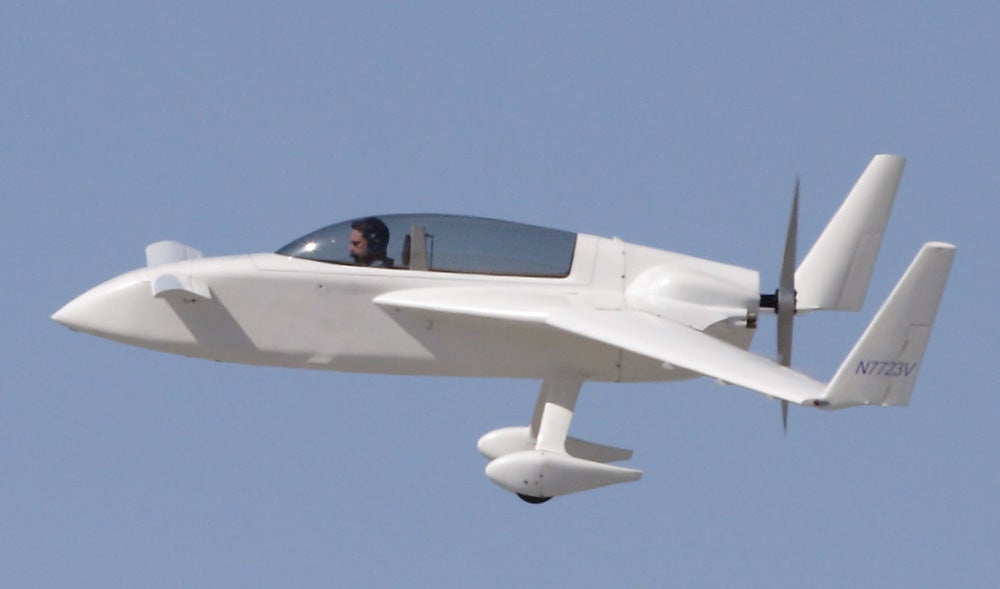
May 21, 1975 – The first flight of the Rutan VariEze, a composite, homebuilt aircraft designed by aeronautical engineer !!!error: Indecipherable SUB-paragraph formatting!!! featuring a forward canard control surface and swept wing and based on Rutan’s earlier work with the !!!error: Indecipherable SUB-paragraph formatting!!! . Rutan debuted the aircraft at the !!!error: Indecipherable SUB-paragraph formatting!!! in Oshkosh, Wisconsin, where he set a distance record of 1,638 miles for its class. Rutan designed the VariEze specifically to help reduce the plane’s susceptibility to spin/departure and stalling when compared to other homebuilt aircraft, and he began selling the designs to aircraft homebuilders in 1976.By the end of 1979, he had sold 4,500 sets of plans. Rutan stopped selling plans for the VariEze in 1985 to focus on his company Scaled Composites. (Photo by Stephen Kearney via !!!error: Indecipherable SUB-paragraph formatting!!! )
!!! UNKNOWN CONTENT TYPE !!!
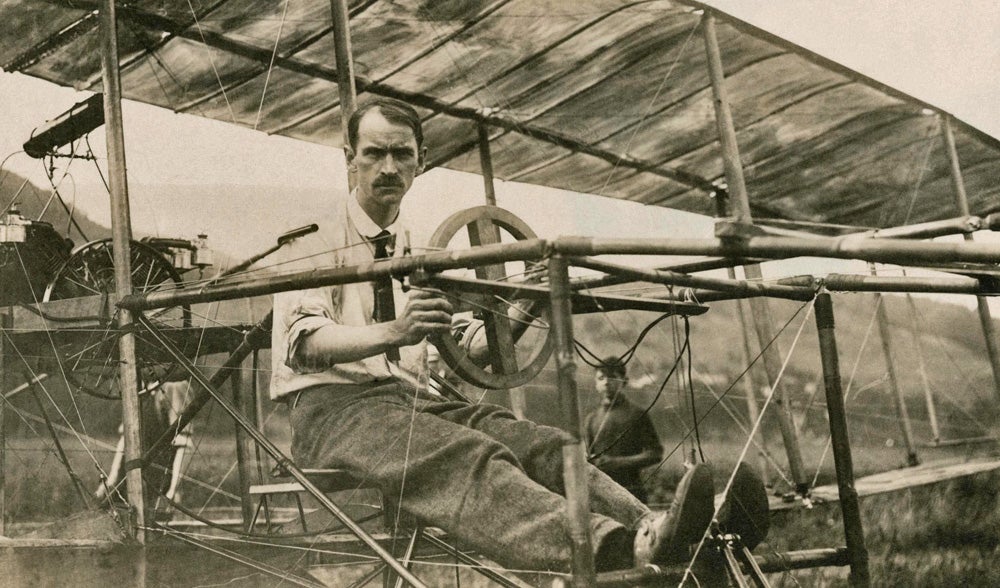
May 21, 1878 – The birth of Glenn Curtiss. Though often eclipsed in history books by the !!!error: Indecipherable SUB-paragraph formatting!!! , Glenn Curtiss was one of America’s greatest aviation pioneers, and has been credited with the creation of the American aviation industry. Among Curtiss’ credits are the first officially witnessed flight in North America, victory at the world’s first international air meet in France, and the first long-distance flight in the US. Curtiss also provided the US Navy with its first aircraft, the !!!error: Indecipherable SUB-paragraph formatting!!! in 1911, heralding the birth of US Naval Aviation. Curtiss’ contributions to military aviation in both World Wars are !!!error: Indecipherable SUB-paragraph formatting!!! to mention here, but some of his most important aircraft include the !!!error: Indecipherable SUB-paragraph formatting!!! biplane, the !!!error: Indecipherable SUB-paragraph formatting!!! and !!!error: Indecipherable SUB-paragraph formatting!!! , the !!!error: Indecipherable SUB-paragraph formatting!!! , and the !!!error: Indecipherable SUB-paragraph formatting!!! .
!!! UNKNOWN CONTENT TYPE !!!
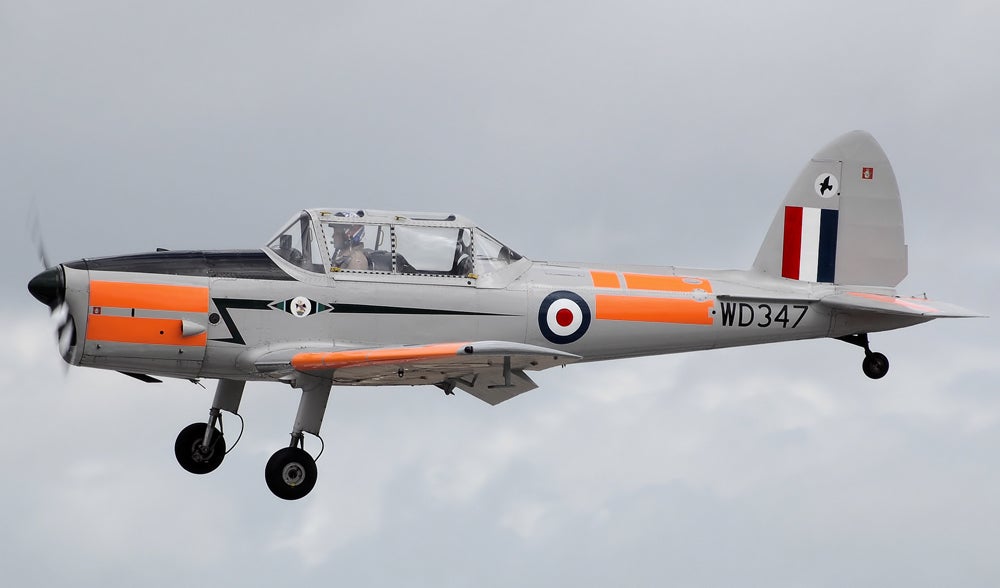
May 22, 1946 – The first flight of the de Havilland Canada DHC-1 Chipmunk, a tandem, two-seat primary trainer and the first aviation project to be undertaken by de Havilland Canada following WWII. The Chipmunk was developed as a replacement for the d !!!error: Indecipherable SUB-paragraph formatting!!! biplane trainer and was initially adopted by the Royal Air Force and Royal Canadian Air Force. It was ultimately flown by 19 other nations, and also became a popular civilian aircraft used for training, aerobatics and crop spraying. Some were modified for aerobatics as the Super Chipmunk with strengthened fuselages and wings, retractable landing gear, clipped wings and more powerful engine. Almost 1,300 were produced from 1947-1956. (Photo by Arpingstone via !!!error: Indecipherable SUB-paragraph formatting!!! )
!!! UNKNOWN CONTENT TYPE !!!
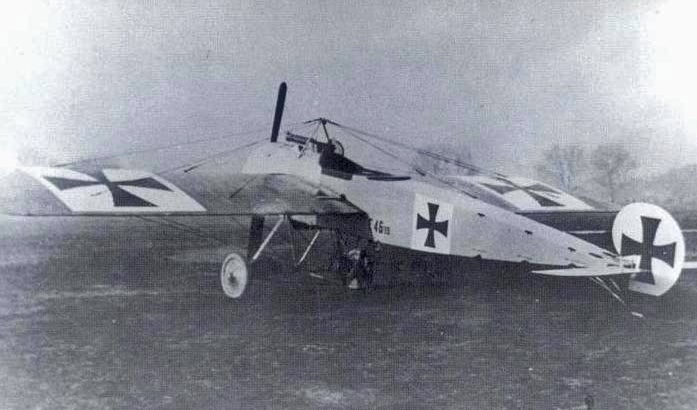
May 23, 1915 – The first flight of the Fokker Eindecker, a series of monoplane ( eindecker ) fighters designed by Dutch aeronautic engineer !!!error: Indecipherable SUB-paragraph formatting!!! and flown by the German Air Service in WWI. The Eindecker was based on the !!!error: Indecipherable SUB-paragraph formatting!!! , an earlier monoplane scout designed by Fokker that first flew in 1913 and was itself influenced by the !!!error: Indecipherable SUB-paragraph formatting!!! monoplane. The major advance of the Eindecker was Fokker’s development of a !!!error: Indecipherable SUB-paragraph formatting!!! , also called an interrupter, that allowed the machine gun to be fired through the arc of the propeller, giving pilots significantly improved aim during dogfights. German pilots such as aces !!!error: Indecipherable SUB-paragraph formatting!!! and !!!error: Indecipherable SUB-paragraph formatting!!! enjoyed a significant advantage over Allied aircraft that were not similarly equipped, and held a measure of air superiority for the second half of 1915 until the Allies developed their own interrupter. (Photo author unknown)
!!! UNKNOWN CONTENT TYPE !!!
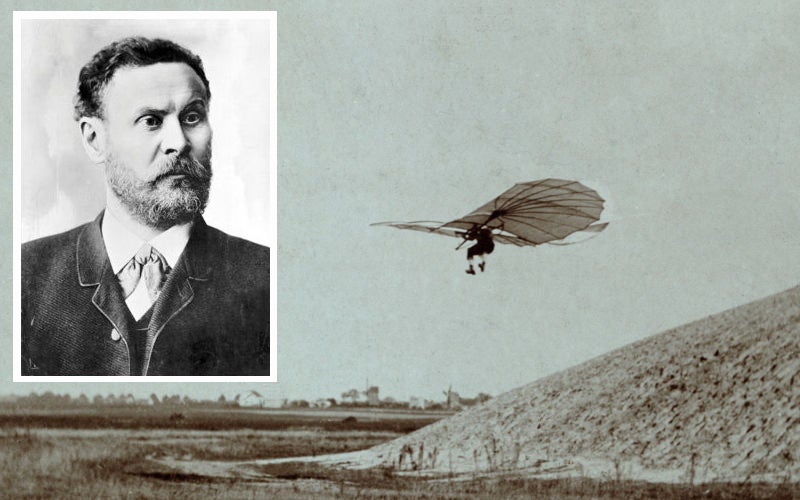
May 23, 1848 – The birth of Otto Lillienthal, an early and influential pioneer of manned flight who was known as the Glider King for his experiments with, and development of, unpowered glider flight. Lillienthal worked closely with his brother Gustav and made over 2,000 flights beginning in 1891, some of which covered distances of over 800 feet. While all those flights only accounted for five hours of actual flying, Lillienthal’s influence on the history of aviation far outstripped his hours in the air, and the notoriety he garnered not only popularized the idea of future powered flight, but also influenced the early work of the !!!error: Indecipherable SUB-paragraph formatting!!! and other aviation pioneers. Lillenthal was killed on August 10, 1896 in the crash of one of his gliders when he entered an unrecoverable stall at an altitude of about 50 feet and suffered a broken neck in the subsequent crash. (Lillienthal portrait via !!!error: Indecipherable SUB-paragraph formatting!!! ; Glider photo via US Library of Congress)
!!! UNKNOWN CONTENT TYPE !!!
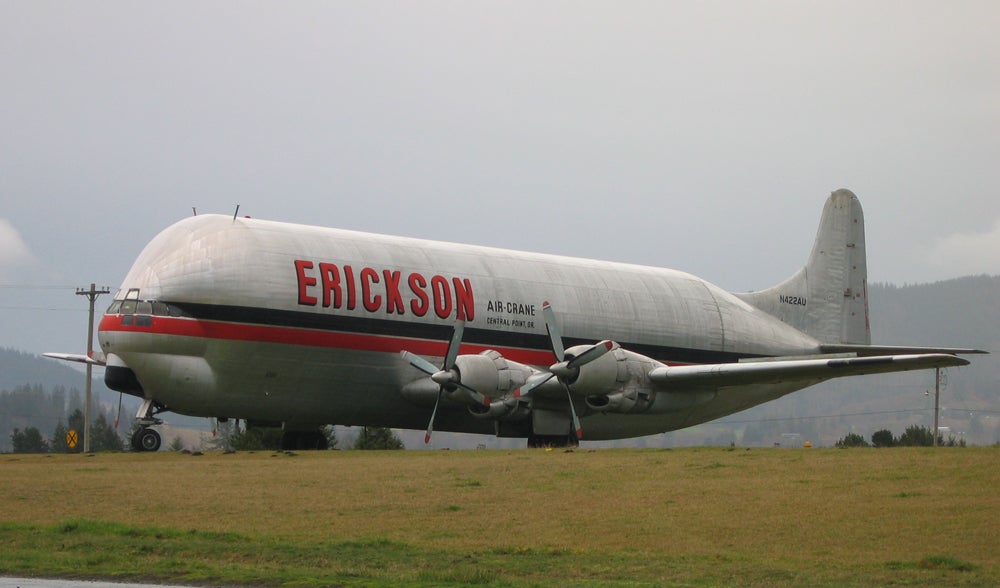
May 24, 1967 – The first flight of the Aero Spacelines Mini Guppy, an oversized cargo aircraft developed from the !!!error: Indecipherable SUB-paragraph formatting!!! . Two Mini Guppies were built, using parts salvaged from the Stratofreighter, as well as the !!!error: Indecipherable SUB-paragraph formatting!!! airliner. While the Mini Guppy retains the wings, engine and lower fuselage of the C-97/377, the upper fuselage was significantly enlarged by the addition of a second, oversized fuselage section. Loading the aircraft is achieved through a swinging tail section. While the first Mini Guppy was retired in 1995, the second was given upgraded !!!error: Indecipherable SUB-paragraph formatting!!! turboprop engines and renamed the Mini Guppy Turbine. However, that aircraft was lost in a crash in 1970. (Photo by SpiralOut via !!!error: Indecipherable SUB-paragraph formatting!!! )
!!! UNKNOWN CONTENT TYPE !!!
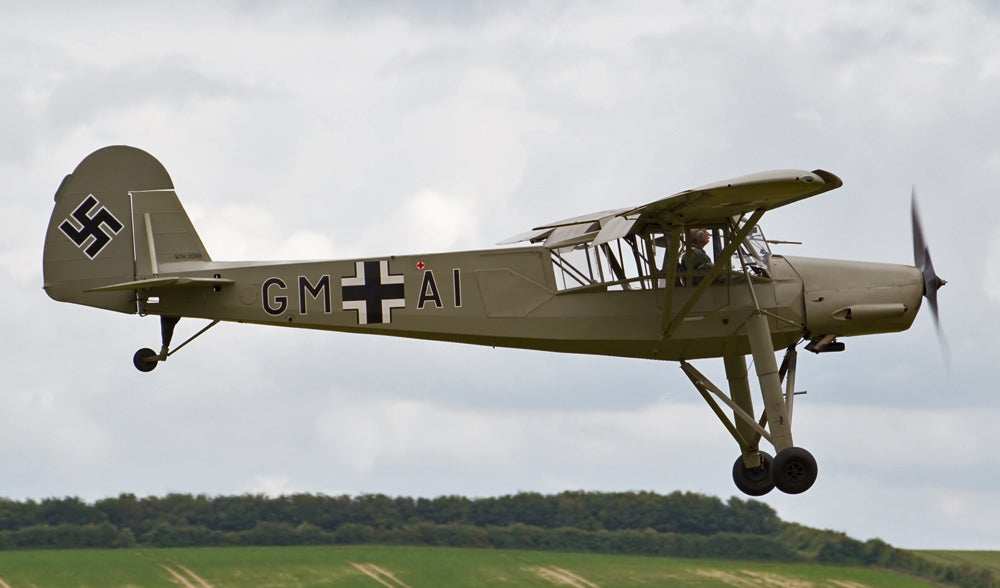
May 24, 1936 – The first flight of The Fieseler Storch Fi 156, a small aircraft developed for the Reich Aviation Ministry for liaison, forward air control and medevac duties. The Storch was selected over the other contenders because of its outstanding short takeoff and landing (STOL) characteristics and other design elements such as folding wings that made the Storch easy to tow or transport, and long landing gear with shock absorbers for operations from crude runways. The Storch gained fame for its role in the rescue of ousted Italian Prime Minister !!!error: Indecipherable SUB-paragraph formatting!!! from the rocky mountaintop ski resort of San Grasso in !!!error: Indecipherable SUB-paragraph formatting!!! in 1943. Mussolini had been arrested and held in the mountaintop hotel, but was rescued by German gliderborne paratroops and flown off the rock-strewn mountaintop by a Storch , the only aircraft capable of operating from the site. (Photo by Tony Hisgett via !!!error: Indecipherable SUB-paragraph formatting!!! )
!!! UNKNOWN CONTENT TYPE !!!
Recent Aviation History Posts
!!! UNKNOWN CONTENT TYPE !!!
!!! UNKNOWN CONTENT TYPE !!!
!!! UNKNOWN CONTENT TYPE !!!
!!! UNKNOWN CONTENT TYPE !!!
If you enjoy these Aviation History posts, please let me know in the comments. And if you missed any of the past articles, you can find them all at !!!error: Indecipherable SUB-paragraph formatting!!! .
!!! UNKNOWN CONTENT TYPE !!!
 RamblinRover Luxury-Yacht
> ttyymmnn
RamblinRover Luxury-Yacht
> ttyymmnn
05/24/2016 at 12:42 |
|

>AEW Nimrod and Mini Guppy double-bubble conspiracy handshake<
 RamblinRover Luxury-Yacht
> ttyymmnn
RamblinRover Luxury-Yacht
> ttyymmnn
05/24/2016 at 12:44 |
|
Also, there is an excellent Storch replica available as a kit, the Slepcev Storch. It’s alleged to have even better STOL characteristics than the original.
 MonkeePuzzle
> ttyymmnn
MonkeePuzzle
> ttyymmnn
05/24/2016 at 12:50 |
|
for those interested, the Kee Bird recovery attempt is a great watch (and has been on youtube for a while)
first time I watched it I was unaware of the outcome, and that was a pretty dramatic turn of events at the end
 MonkeePuzzle
> ttyymmnn
MonkeePuzzle
> ttyymmnn
05/24/2016 at 12:52 |
|
the classic military colours, and the (now) non-conventional integrated engines, and then antennas and ariels all over, this just somehow strikes me as the cover for so many sci-fi novels I read as a kid. Just something that felt like it was so futuristic, but now looks so dated.
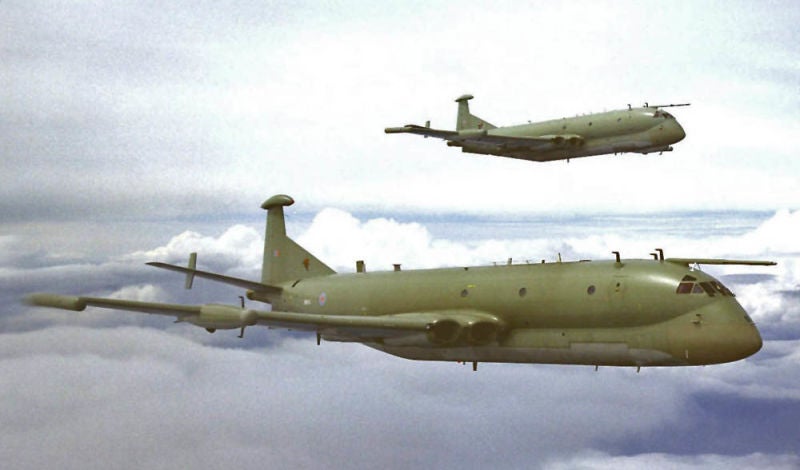
 Ash78, voting early and often
> ttyymmnn
Ash78, voting early and often
> ttyymmnn
05/24/2016 at 13:01 |
|
I had never heard about that B-29 until now. It was a sad story to read, but then I realized they didn’t just fly it back to the US in pieces to restore it...they did it in GREENLAND. And planned to fly out right out. That's quite a feat, even if it did end in failure. Maybe the plane just didn't want to leave.
 ttyymmnn
> Ash78, voting early and often
ttyymmnn
> Ash78, voting early and often
05/24/2016 at 13:14 |
|
The story of Kee Bird is indeed sad. I don’t know the whole story, I haven’t watched the documentary. Flying it out was certainly audacious, but it may have been the only options, or at least the only remotely affordable option. I just hope they didn’t try to go too fast and ended up overlooking something.
 ttyymmnn
> MonkeePuzzle
ttyymmnn
> MonkeePuzzle
05/24/2016 at 13:17 |
|
You mean like this?

 ttyymmnn
> MonkeePuzzle
ttyymmnn
> MonkeePuzzle
05/24/2016 at 13:17 |
|
I’ve actually never seen it. I read the spoiler. :(
 McMike
> MonkeePuzzle
McMike
> MonkeePuzzle
05/24/2016 at 13:37 |
|
I knew I recognized that voice.

 MonkeePuzzle
> ttyymmnn
MonkeePuzzle
> ttyymmnn
05/24/2016 at 14:09 |
|
yes! exactly! just something oddly wishing it was the future about it all
 akana
> ttyymmnn
akana
> ttyymmnn
05/24/2019 at 06:11 |
|
The mountain is called “Gran Sasso” :)
#Operat
ionEiche